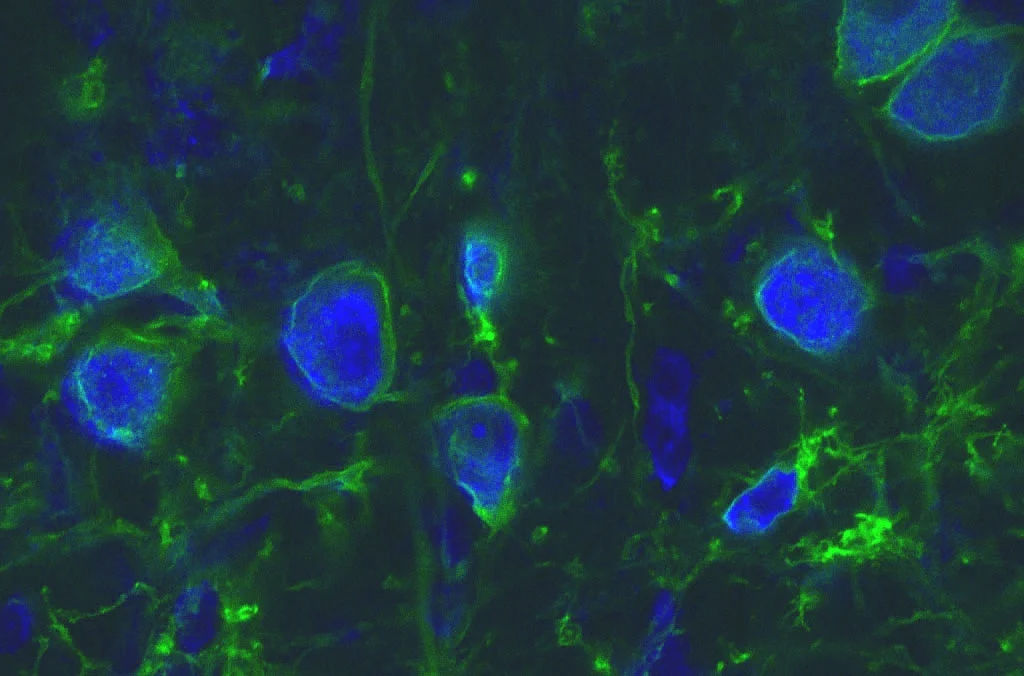Technology Transfer:
1. Optogenetics APP
Light delivery to deep brain areas is becoming increasingly more important, as more and more tools to optically manipulate neural activity become available. Especially the currently evolving field of optogenetics provides very powerful and elegant ways to control neural activity with light. However, to take advantage of these tools in-vivo, correct and controlled light delivery to deep brain needs to be accomplished.Optogeneticsis a tool which aids an investigator in estimating the required optical power for a givenin-vivoexperiment involving optogenetics or any other experimental approach that includes light delivery to deep brain areas via optical fibers. Different brain areas have different optical properties, which determine how light scatters and distributes in the brain tissue, once it exits the optical fiber. To estimate the amount of light required for a given experimental design, knowledge about the specific scattering properties of the brain region, the wavelength of the light, the specific opsin to be used, as well as the properties of the optical fiber are required.
We created a computer program that computes the required optical power for a givenin-vivoexperiment based on these various parameters, and suggests an optical power value for a particular experimental situation. The program models the maximal depth at which effective excitation of the opsin can be expected. At this point, the program is available as a Mac iOS APP which can be run on iPhones, iPads, and certain iPods. Versions for other operating systems are in progress.
APP Website:
www.optogeneticsapp.com
The APP is distributed by Popneuron Limited, under license from the University of Colorado.
www.popneuron.com
2. Slice Chamber
Experiments involving patch clamp recordings from brain slices are typically done in a recording chamber that holds the brain slice in the optical path of a microscope, superfuses it with artificial cerebrospinal fluid (ACSF), and allows for the imaging of the tissue which recordings are being performed. Most existing recording chambers continuously add fresh or reconditioned ACSF through one port of the chamber, while removing an equivalent amount of spent ACSF through a second port. Whenever expensive chemicals have to be added to the bath solution such as pharmacological agents are caged compounds, experimenters reduce the total volume of ACSF required for the experiment as much as possible. We developed a novel slice recording chamber that reduces the amount of ACSF required for proper function down to 1.5 to 2.5 ml total. This reduction is accomplished by eliminating all tubing and holding containers, and instead oxygenating the ACSF directly in the recording chamber. Collaborators: Anna Dondzillo and Tim C. Lei
More information can be found at:
www.slicechamber.org
Patent:
A. Dondzillo, A. Klug, and T. Lei:
System and Methods for Conducting In-Vitro Experiments.
Awarded 10-4-2016. U.S. Patent Number 9,458,420. PDF here.
3. Closed Loop Optogenetic Control
With the recent advancement of optogenetic control, control of neural circuits with light has become possible. One application of this method is closed-loop optogenetic control, i.e. light based intervention in response to certain activity patterns in the brain. Our device combines neural recordings with a circuit that can be used to deliver light pulses in response to certain brain states.
Patent:
T.C. Lei, A. Klug, S.H. Pun, C.H. Chen, M.I. Vai, P.U. Mak, and E.A. McCullagh:
An integrated circuit for simultaneous electrophysiology recording and optogenetic neural control.
Awarded 05-21-2021. U.S. Patent Number 11,000,225. PDF here.
4. Small Animal Stereotaxy
Targeting a small and deep brain nucleus such as an auditory brain stem nucleus in-vivo is challenging. Some of these nuclei are 7-10 mm below the surface and are only 0.5 mm in diameter such that an electrode, injection pipette or other tool that needs to be advanced into these nuclei needs to have an accuracy of better than 1 degree. We developed a novel stereotaxic device for use with small animals such as rodents, which aims to overcome many of the existing challenges associated with stereotaxic work in laboratory settings.
The project is funded by a NIH small business grant (STTR R41 NS 119079) awarded to PopNeuron LLC with a subcontract between the business and the university.




